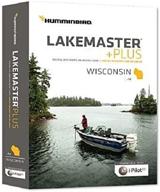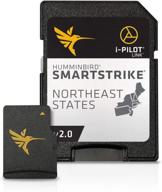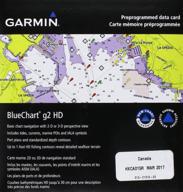
Review on 🛰️ DIYmall 6M GPS Module with EEPROM for MWC/AeroQuad: Antenna-equipped Arduino Flight Control Aircraft Solution by Ryan Selpasoria

Serial output compatible with 3.3V TTL.
This is my preliminary 5 star rating. Like everyone who buys these modules, I am a layman or experimenter. My hobby is amateur radio (also called ham radio). I am planning to use it to send GPS data to my Kenwood TM-D700A radio for APRS usage. Although Kenwood's technical documentation is sparse, I've read elsewhere that these radios require RS-232 signal levels. This module provides 3.3V TTL-compatible serial data signals. 3.3V is sometimes referred to as CMOS level, although this is not always technically accurate. Like most TTL signals, data is "active low", which means the output is held at a constant 3.3V, and when there are bits of data to send it drops to 0V. To verify this, I have I looked at the result with your Fluke Scopemeter. It stayed at +3.3V until data was sent (once per second) and then dropped to 0V. The baud rate was 9600 bps (device default). Others have written here about how to connect this to a computer's USB port using readily available adapters. However, if you require RS-232 instead of USB, these adapters are not applicable. You need a different type of adapter. I bought the "Ultra Compact RS232 to TTL Converter with DB9 Socket" https://www.amazon.com/gp/product/B00OPTOKI0/ref=oh_aui_detailpage_o00_s00?ie=UTF8&psc=1 Luckily both boards run at +5VDC. A word on power supply: If you read the u-Blox datasheet for the Neo-6M chip, it says that the chip runs on 3.3V DC (3.6V max). This module includes a voltage regulator that allows you to power it from a cheaper +5V DC supply, but will accept any voltage from 3.3V to 5V. Speaking of the Neo-6M chip, this chip has a lot good specifications for devices in their class. . It is quite sensitive (-161 dBm) and quickly detects satellites. The specification states that cold start data collection takes less than 30 seconds. My time inside was a little longer, but not by much. The Neo-6M chip has a feature that allows it to store satellite ephemeris (e.g. an almanac of predicted satellite positions at a given point in time) valid for 3 days of future data. This feature is disabled from the factory, but I don't know if this module has it enabled or not. However, while experimenting, I turned the device on and off multiple times and it locked again after just a few seconds (if it did), so I suspect it was storing ephemeris downloaded from satellites while I turned it on for a few minutes would have . If you are looking for a way to get +5 VDC and have +12 VDC (e.g. in a car) you can use this module: https://www.amazon.com/gp/product /B00J3MHRNO/ ref=oh_aui_detailpage_o01_s00? =UTF8&psc=1 This is what I used to power my setup. It put out about 5.1 VDC. Of course, if you're experimenting with a Rasp Pi or an Arduino, you won't have any trouble finding 5V. You can read more details about the u-Blox Neo-6m by searching the web. Search "Neo-6 Datashee" for general specifications. Look under "u-blox 6 receiver description" for a much more detailed explanation of the chip and command protocol. When I have time I will come back and write more after I get it working with my radio. This isn't necessarily the quickest or easiest way to get GPS information into ham radios, but it may have some advantages over off-chip such as the ability to program some functions on the chip and get true RS-232 level signals (at using the appropriate converter).73, KE2D
- great product
- something different
New products
Comments (0)
Top products in 📍 GPS System Accessories
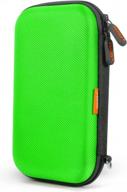
Power Bank Storage Case By GLCON - Hard EVA Protective Travel Pouch For Cell Phone, Charging Cable, External Battery & More (Light Green)

31 Review
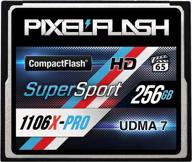
PixelFlash 256GB Supersport CompactFlash Memory Card 1106X Pro Fast Transfer Speeds Up To 167MB/S For Photo And Video Storage

38 Review
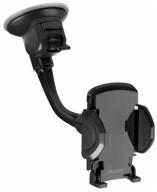
Deppa Crab 2 holder black

30 Review

Stay Cool Anywhere With LEMOISTAR 6-INCH USB Desk Fan: Compact, Quiet And Adjustable!

31 Review



